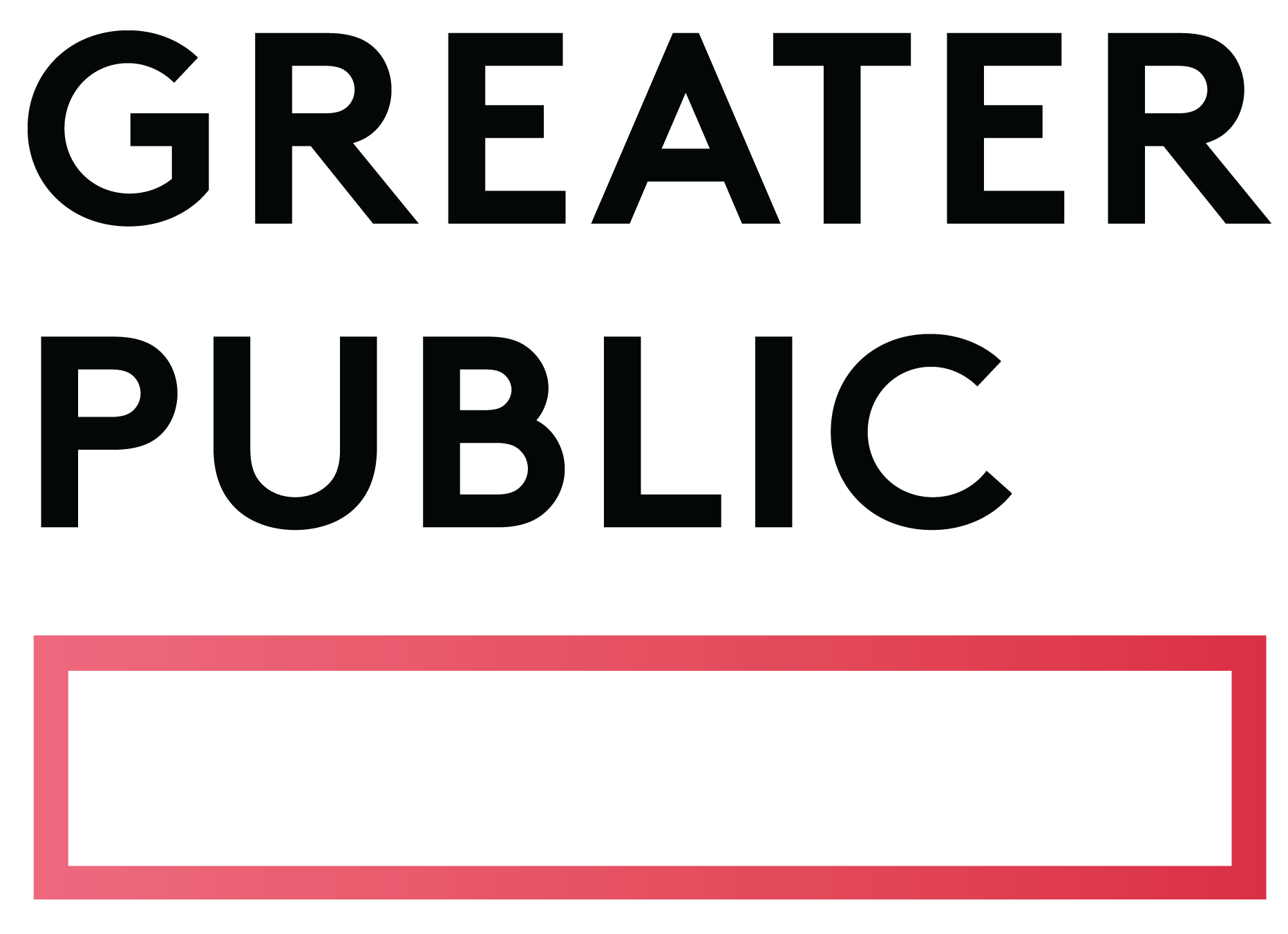Related Articles
Subscribe to the Greater Public newsletter to stay updated.
This site is protected by reCAPTCHA and the Google Privacy Policy and Terms of Service apply.

Cities and towns across the country are beginning to open back up, and we are entering a new phase of COVID-19 recovery, to varying degrees. For public media underwriting, this next phase brings evolving market factors – and opportunities – to which sales teams must adjust. Here’s a quick update on what Greater Public is hearing from station sales professionals across the country as they continue efforts to sustain sponsorship revenue in the months to come.
Business Categories
National: Finally, consider the increased importance of local messaging for some of the traditional national advertisers. National advertisers haven’t really needed to do this before in the same way that they do now, and research supports the fact that more brands and companies are pivoting to mission-based and cause-related messaging in the wake of COVID-19.
 Graphic courtesy Market Enginuity’s “We’re Built for This” campaign
Graphic courtesy Market Enginuity’s “We’re Built for This” campaign
Audience Loss
The Worrying
Many stations report concern about the loss of ratings during drive-time, and its corresponding impact on revenue, given the work-from-home situation. There is also worry about audiences coming back at the same kind of volume that existed pre COVID-19. Even with many businesses opening back up for employees to return, there will likely be a significant percentage of workers continuing to work from home for the foreseeable future.
The Promising
At the same time, markets continue to see a surge in digital. One station reported seeing a ranking increase even as ratings went down. So there may be a good “share” story there for other markets as well. Mindshare is also conducting regular research into Americans’ media attention span, and the latest numbers show how usage across most media is starting to decline the further we get into the pandemic. The exceptions are radio and podcasting, which are growing (along with listening to music, playing video games, and watching live TV). Here’s the latest graphic as of 4/24/20:

Graphic courtesy Mindshare
FY21 Budget Planning
The FY21 budget process is a work in progress for everyone. Specific market factors (e.g. how is the local government handling it?), the election, and the possibility of a second COVID-19 wave in the fall make budgets hard to predict.
The following is pretty representative of how sales teams are planning at this stage.
FY21 overall looking something like:
Some stations are budgeting by quarter, establishing drivers for each quarter as it relates to those business categories which ordinarily account for the majority of revenue for the station. For performing arts for example, one station is starting out with the assumption that the category will be 75% down for the first two quarters, and then 50% down for third quarter and 25% down for fourth quarter, to account for a phased return to normal in that category. Other categories may shake out differently.

This site is protected by reCAPTCHA and the Google Privacy Policy and Terms of Service apply.
New to Greater Public? Create an account.
